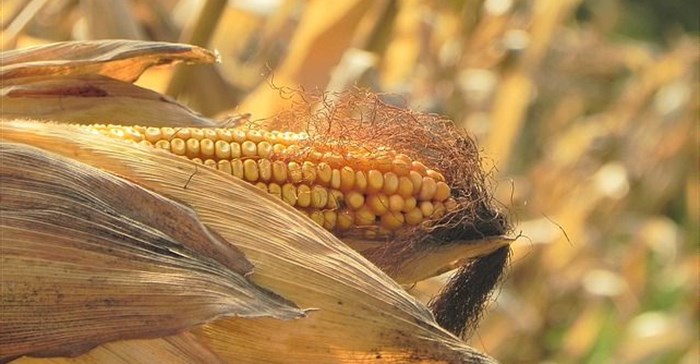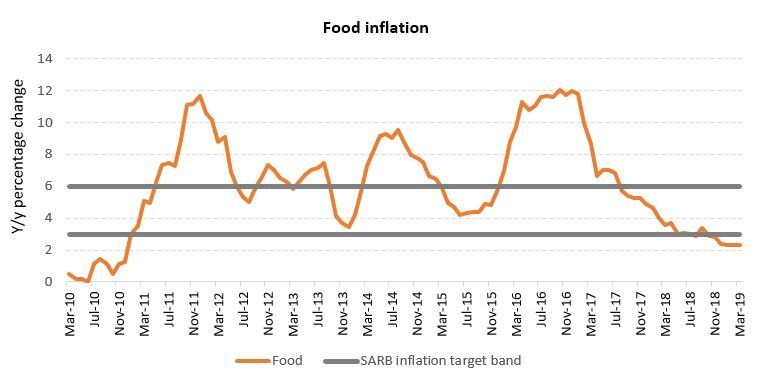
Subscribe & Follow
#AfricaMonth
Jobs
- Cashbook Accountant Cape Town
- Nursery Production Manager George
In the news
Food inflation likely to go up due to expected lower maize output
The latest forecast for the 2018/19 total maize output is 0.9% higher compared to the previous forecast but still, 14.8% (or 1.85 million tonnes) lower compared to the 2018 output of 12.51 million tonnes.

The country’s total maize consumption is estimated at around 10.8 million tonnes annually. The expected 10.66 million tonnes and the 3.0 million tonnes of carryover stocks (a total of 13.66 million tons) should cover domestic consumption. However, this is too optimistic given that late plantings of over a month during the optimal planting period for summer crops is likely to have a huge impact on the final 2018/19 season maize output.
The maize output and price are major drivers of food prices as maize (yellow maize in particular) is also used as a major ingredient in animal feed. Therefore, given concerns that maize supplies could be limited for the 2018/19 production season, leading to increases in prices with a possible strong increase in feed costs used in intensive production of poultry, pork and beef, amongst others. Feed prices are largely determined by the cost of yellow maize which is in turn determined by available supply.
Should there be reduced supplies of especially the yellow maize as predicted by the CEC, the livestock industry which relies on cheaper animal feed to remain profitable would be negatively affected.
Livestock prices are already under pressure following the outbreak of foot-and-mouth disease (FMD) and higher feed costs are likely to further put pressure on the meat industry. Beef exports were suspended after the FMD outbreak, which led to additional red meat supplies in the domestic market. As a result, beef carcass prices, weaner calf prices and lamb prices experienced downward pressure.
Higher feed costs will thus put livestock farmers’ margins under pressure and lead to reduced profits. In addition, the prices of grain-based products are likely to increase which will see increases in meat and food inflation in 2019. As maize prices increase, production volumes from intensive livestock units decrease putting upward pressure on meat prices.
Food inflation has been coming down since January 2017 (9.2%) reaching 2.3% in March 2019 influenced mainly by lower grain and meat prices (see Figure below).

However, this picture is likely to change due to limited supplies of maize. Furthermore, meat inflation is expected to accelerate as the meat industry normalises and meat exports resume. As such, we expect food inflation to increase to around 5% in 2019.
About Gilberto Biacuana and Tebogo Mashabela
Gilberto Biacuana and Tebogo Mashabela are Agricultural Economists currently serving as Analysts at Land Bank. They write in their personal capacity and the views expressed in this article are their own and do not necessarily represent policy positions of Land Bank.Related
China bans South African beef imports amid FMD outbreak 12 May 2025 Foot and mouth disease outbreaks traced to auction in KZN 24 Apr 2025 New FMD cases in KZN and Eastern Cape spark biosecurity alert 31 Mar 2025 KwaZulu-Natal beefs up Foot and Mouth defence with expanded control areas 19 Mar 2025 Morocco bans German feed grain imports amid FMD outbreak 31 Jan 2025 South Africa's agriculture may recover in 2025 7 Jan 2025










